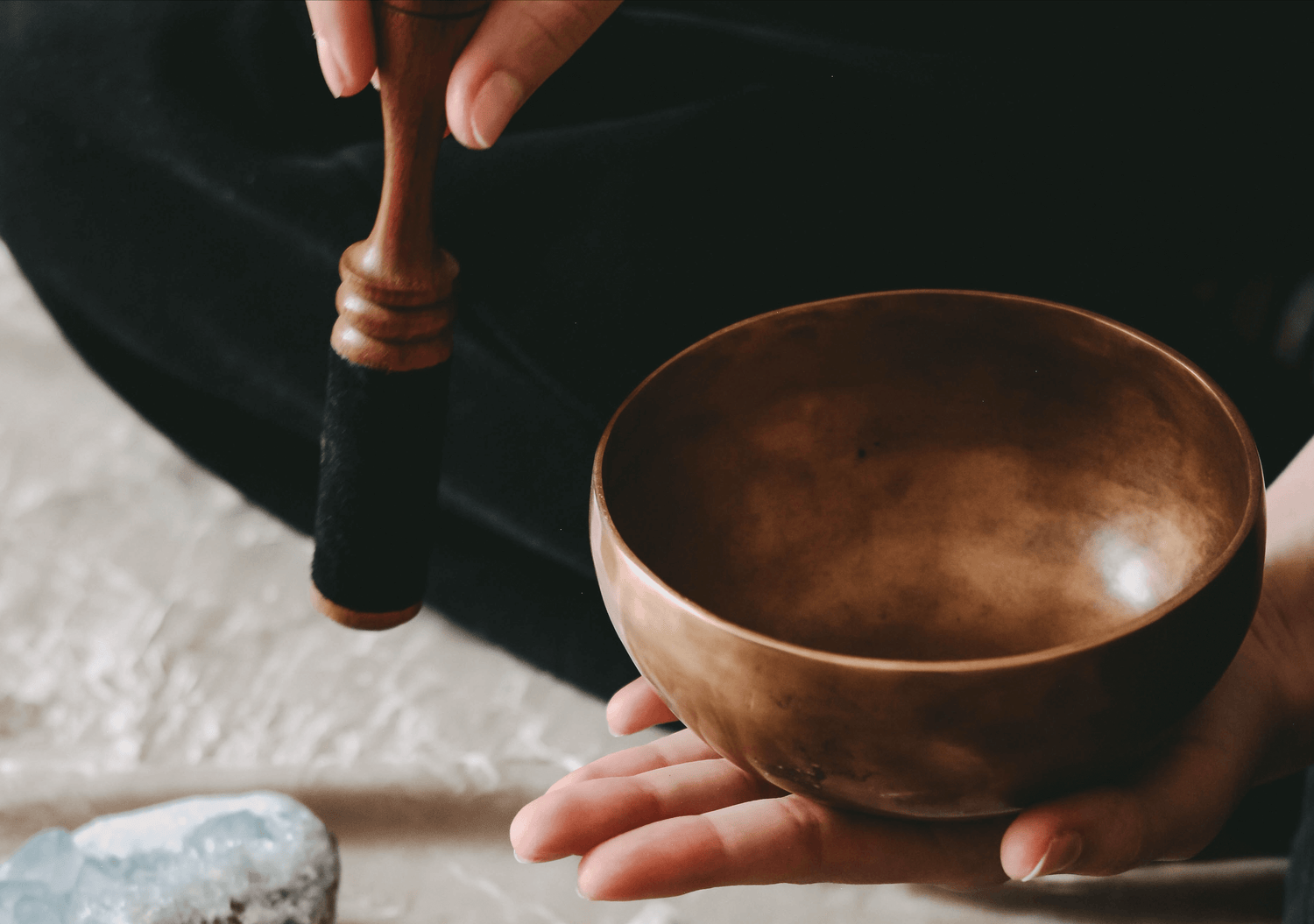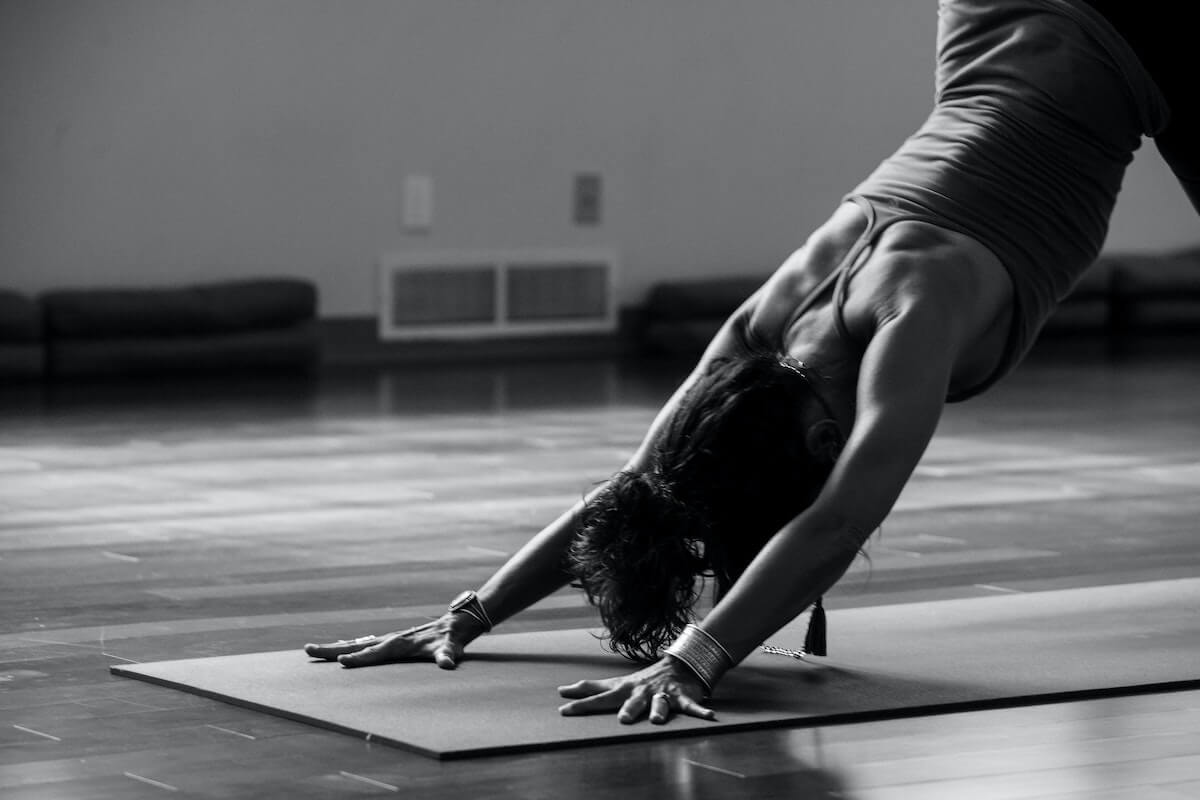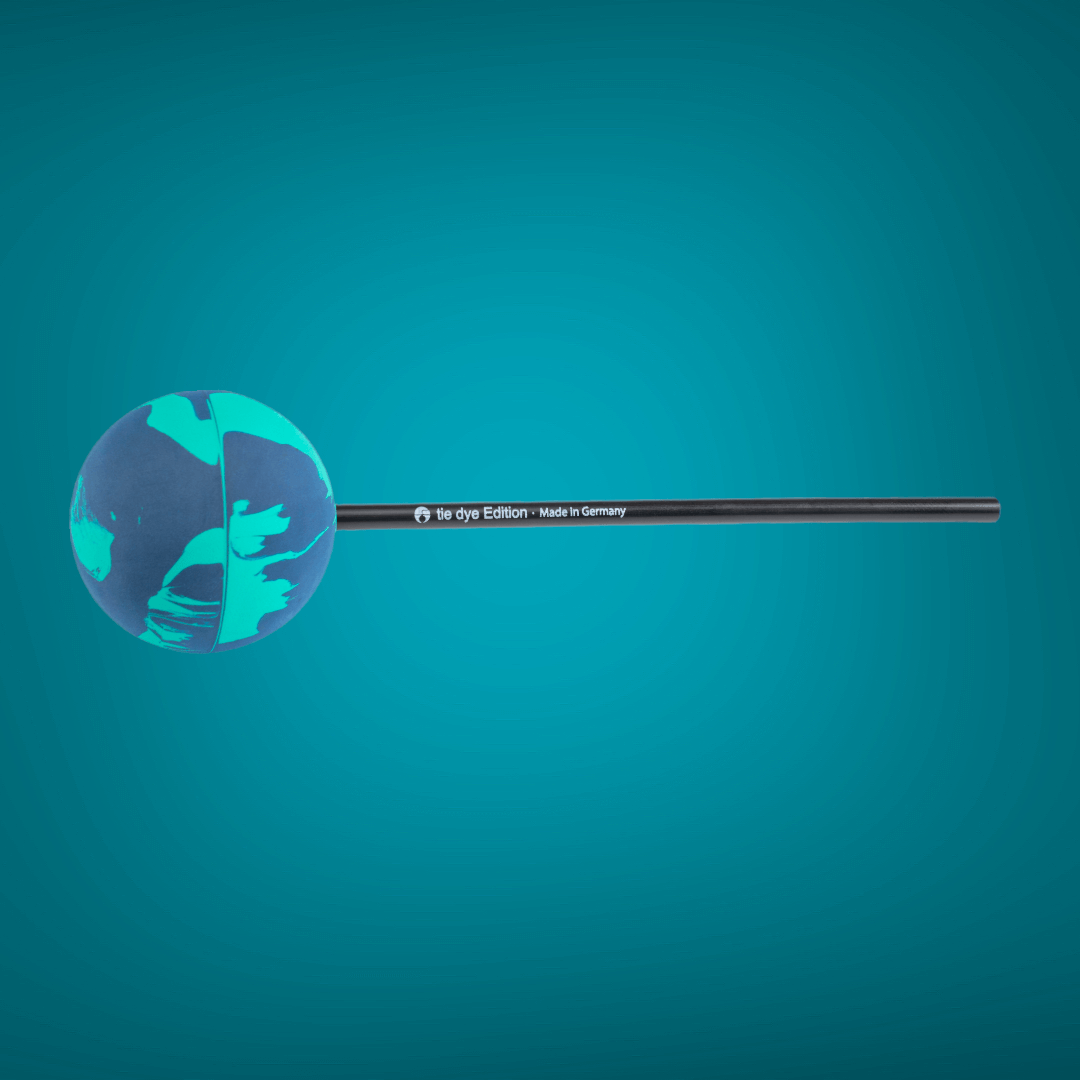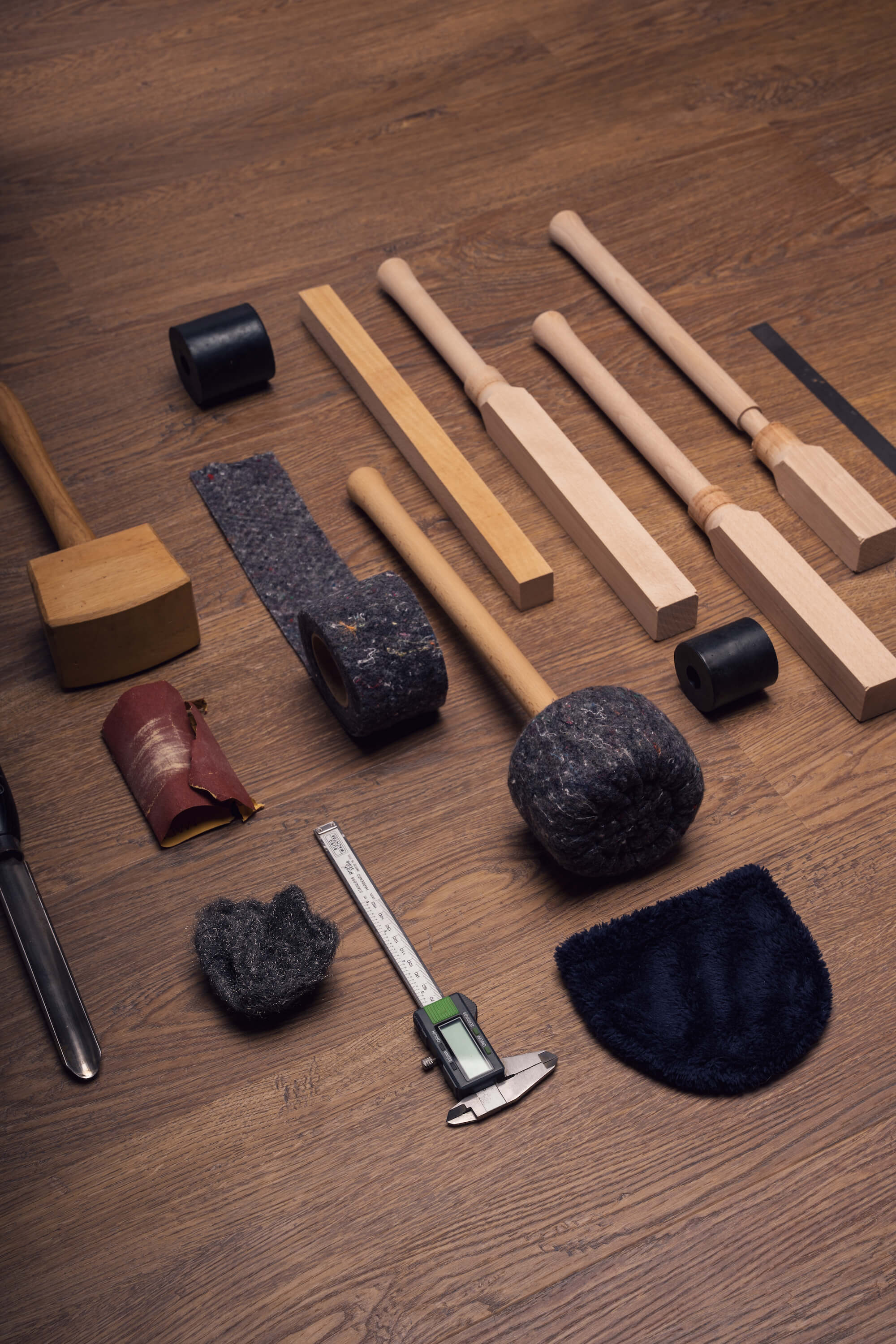Peace, relaxation, mindfulness - a sound massage allows you to reconnect with yourself and leave your stressful everyday life behind. It can help you to better perceive your inner voice and your needs and thus maintain your inner balance. We would like to explain to you in more detail where sound massage originally comes from, how it is performed and how the different methods of sound massage differ.
What is sound massage?
Sound massage is a holistic relaxation method that appeals to you on an acoustic level and can also have a calming effect on your entire body and mind with its soothing vibrations. People have always been influenced by the world of sound. It is not without reason that you will hear romantic music in romantic moments in films and series, while scary situations are deliberately accompanied by unsettling melodies. You can also make use of this effect for your own personal relaxation rituals - a meditation with singing bowls and its calming, gentle sounds can help you to let go of the stress of everyday life and concentrate on yourself for a moment. In most cases, sound massage is performed with the help of singing bowls - but the powerful sound instrument gong is also used from time to time. Be mindful and observe how your body and mind respond to the sounds. The most important thing is that you can relax completely and that the sounds have a calming and soothing effect on you.
Where does sound massage come from?
Meditation with singing bowls has a long tradition. The first reports of the use of singing bowls as part of a sound massage can be found in the records of Indian healers. For more than 5,000 years, sound massage has played an important role in bringing body and mind into a harmonious balance and thus alleviating illness. In Indian culture, it was assumed for many millennia that man himself was created from sound. So it is hardly surprising that sounds are also used there to "heal" people. In sound massage according to Indian tradition, it is not so much the sounds themselves that are said to have a healing effect - it is much more the vibrations of the sound instruments that flow through the entire body and mind. Even the ancient records of sound massage assume that the gentle vibrations can activate our self-healing powers.
How did sound massage come to Europe?
Sound massage is an ancient Indian tradition. And yet it only found its way to Europe a few years ago - through the pioneer and graduate engineer Peter Hess. In the mid-1980s, he traveled to India to gather new experiences and gain an impression of foreign cultures. There he also came into contact with traditional sound therapies, which were completely common locally but largely unknown in Europe. And he was just as quickly convinced of their effects. It was only two more years before he founded his own institute in Germany to make the effects of sound massage known here too - the Peter Hess Institute (PHI), which is still considered one of the most important training institutes for sound massage according to Peter Hess. However, his passion for sound massage goes far beyond this: he has since developed his own singing bowls for sound massage, written numerous books on the subject and travels all over the world to share his knowledge of sound massage at seminars and courses. The patented Peter Hess® Sound Massage is now practiced by more than 10,000 professionally trained people worldwide.
What effect does sound massage have?
A sound massage can have a variety of effects on your body and mind - and yet it is perceived individually by each person. It is therefore difficult to make a general statement about how a sound massage will affect you personally. Nevertheless, sound massage is said to have a number of effects that are frequently perceived:
- Reduce stress
- Increase in concentration
- Releasing emotional blockages
- Reduce tension
- Relieve headaches
- Pain relief even with pre-existing conditions
- Creating inner harmony and balance
- Activate self-healing powers
- Reduce fears
- Alleviating the effects of depression, attachment disorders and burnout
Would you like to find out more about the effects of sound massage? Then take a look at our blog post, in which we go into more detail about the effects of sound massages and baths.
The different methods of sound massage
There are basically no prescribed rules for sound massage. So let me start by saying: if something is good for you, use it! Some people appreciate the soft, gentle sounds of singing bowl, others like the deep, intense sound of the gong. If you find that a certain sound is particularly good for you, then use it. However, there are two methods that are often used in practice: The basic sound massage and the individual sound massage. We would now like to explain both methods in more detail.
Basic sound massage
A total of three singing bowls are used for the basic sound massage: a universal bowl, a heart bowl and a pelvic bowl. These singing bowls were specially developed by Peter Hess to match the frequency spectrum of the respective body region and are therefore particularly suitable for a holistic sound massage. At the start of the massage, you can decide together with the singing bowl therapist which position you would like to take. For a basic sound massage, lying on soft cushions or a mat is particularly suitable. This way, the three singing bowls can be placed on the areas of the body for which they were specially developed and once the right position has been found, the actual sound massage begins. It usually lasts 45 minutes, plus a preliminary talk and some time to relax. There is often a follow-up session afterwards where you can share your experiences and talk about the effect the sound massage had on you. By the way: This type of sound massage was developed and shaped by Peter Hess and is considered one of the most popular types of sound massage worldwide.
Individual sound massage
Every person is unique and has their very own needs. The individual sound massage is therefore a supplement to the basic sound massage, which can be adapted to your current needs. In addition to the singing bowl , other sound instruments are often used as part of the individual sound massage. The gong in particular is a popular instrument that can lead to intense relaxation with its deep and intense sounds and activate the body's self-healing powers. The number of singing bowls can also be increased during an individual sound massage. The sound spectrum can also be expanded by using different mallets and playing techniques or cymbals.
What all sound massages have in common
First and foremost, the sound massage should bring you complete relaxation. It can lead your body and mind to complete peace and touch your feelings and your innermost being with sound and vibration - regardless of whether you opt for the basic sound massage or an individual sound massage. The balanced sounds of singing bowl or gong can give you a feeling of safety, security and calm. The sound massage helps you to feel your body in all its facets.
Who can a sound massage help?
A sound massage can help anyone to find inner balance and a moment of peace - without the need for specific complaints or stressful issues. The treatment is primarily aimed at strengthening everything positive that you can feel at that moment. This can be a sensation in one area of the body or a pleasant feeling that accompanies you on this day. Nevertheless, sound massage can also bring relief for certain complaints and challenges and strengthen the body's self-healing powers:
- For depression, burnout or general exhaustion
- For problems with insomnia and anxiety
- For physical pain, e.g. back pain, migraines or joint pain
- For disorders of the cardiovascular system
- In phases of grief and relationship crises
- For anxiety and panic attacks
Sound massage can also be used to support certain therapies or coaching sessions. For example with
- Coaching for personal development
- Self-discovery courses
- As part of counseling and therapies, e.g. pain therapy, trauma therapy, couples therapy, etc.
- For medical therapies, e.g. chemotherapy
Is a sound massage dangerous?
A sound massage has no dangerous or harmful side effects per se. However, it is possible that you may perceive certain sounds as a little too intense - especially due to the sound waves that are transmitted through the sound and flow through your body. Which frequencies these are can vary from day to day. It depends entirely on what your body and mind need at that particular moment - or not. It is important that you always listen to your body's signals and adjust the sound massage accordingly - or communicate any discomfort to your sound therapist. The vibrations of the sound instruments may also bring out emotions that you may not have felt for a long time. A sound therapist can help you to release these and process your experiences afterwards, so that you feel lighter and more relaxed after the treatment.




